Are you thinking about purchasing and using Writing With Ease for your child(ren). Before you do, I encourage you to read this Writing With Ease review. {This is NOT a sponsored post. This is just me sharing a my honest opinion of Writing With Ease, which my 2nd grader has been required to use the first part of this schoolyear in his homeschooling classes.}
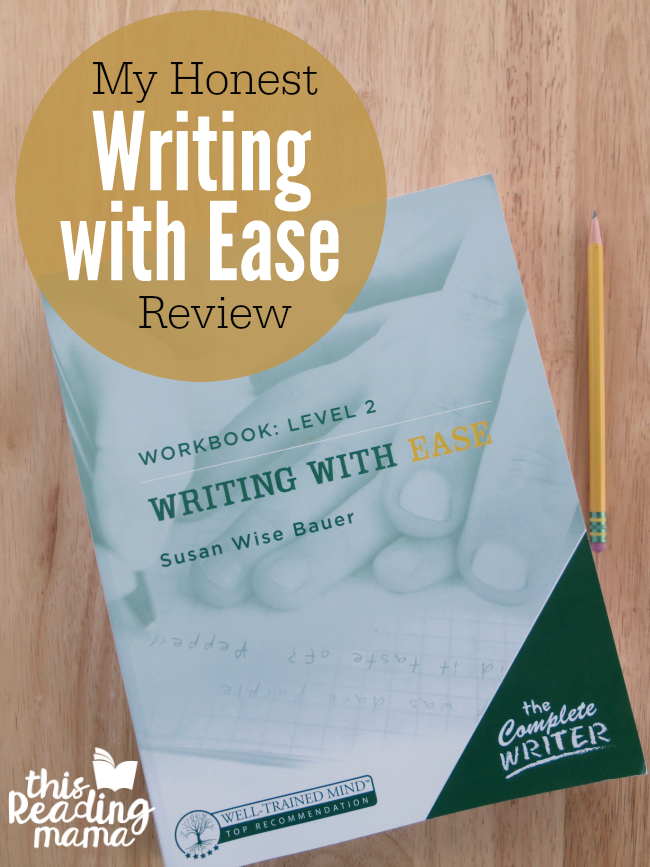
*This post contains affiliate links.
My Honest Writing With Ease Review
I know it seems strange to throw in a Writing with Ease review right after Christmas, but I’ve had some time to really think about it over the break and I want to share my thoughts before they fly away.
I’d first like to start with what I DO like about Writing with Ease.
- I love that Writing With Ease gets parents reading aloud to children. I think as children begin to read more on their own, it can be tempting to put down the read alouds. But older kids need read alouds, too!
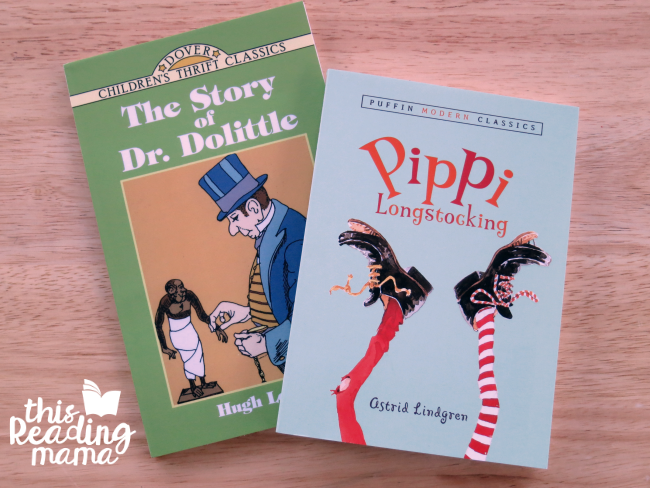
- The text selection of the read alouds has turned us on to many of the classics, like Doctor Dolittle and Pippi Longstocking. It truly is a great selection.
- If you have a child who struggles to write, Writing with Ease may be a good fit. I listened as the author herself explained how she purposefully separated 1- thinking about what you what to write and 2- the actual act of writing down thoughts. Combining these two skills can be difficult for some writers, so this model might be helpful with that. {I still wouldn’t use it as my main source of teaching writing.}
- With Writing With Ease, the child gets to see the adult model some writing each week. {I will say this is most effective if the adult knows how to make the most out of modeling writing to the child.}
Now, here’s what I DON’T like about Writing with Ease.
{You may disagree with me on several points and that’s okay. Just keep your comments thoughtful, as I will delete anything that’s not so thoughtful.}
- Writing With Ease puts writing in a nice, neat package. There’s narration, copywork, and dictation. Nice and neat. That would be great if this is actually how writing really worked. Real writing is not a linear process. Most of the time, it’s not nice and neat {even for “real” authors}. And that’s okay! It can still be taught in a thoughtful, purposeful, organized manner to help even the most reluctant of writers learn and enjoy the process of writing.
- It’s highly scripted. This might be a plus for you, but not for me. Instead of empowering me, I felt it “dumbed down” the art of teaching writing.
- Where’s the creative writing? I don’t know if you’ve noticed, but kids have great ideas. They have amazing imaginations. Why not let them use it in their writing? Instead of telling them everything they have to write, why not let them show us? The same exact skills can be taught using their creative writing that are taught with the copywork and dictation. The inability to express his own thoughts began to frustrate my 2nd grader and he began to hate writing time. {Of course, all kids are different.}
- The copywork. Oh, the copywork. As you may have read before, I’m not a huge fan of traditional copywork. And while copywork has its place in teaching writing, I don’t think it’s first place. There are just so many other creative and meaningful ways to teach the same, exact skills.
- I struggle with the idea of asking kids to summarize the read alouds. Summarizing requires kids to use lots of comprehension strategies all at once and is actually very difficult for most readers. If you are using Writing with Ease with a struggling writer who already has a hard time putting thoughts together, the summarizing may be a great source of frustration. {I do like that there are questions to help your child summarize, but it can still be very difficult.}
- I do not believe that the dictation sentences included in each lesson are developmentally appropriate. I’ve used diction sentences for years, but not for teaching writing. I’ve used them for teaching spelling. If dictation is the focus of the lesson, the words kids are being asked to spell within those sentences should not be so difficult. After all, from my understanding, kids should not be allowed to use invented spellings in this model.
So, there you have it. If all my cons don’t bother you and you’d like to use Writing with Ease, more power to ya! But as for me and my house, we’re not using it anymore.
If you want to see a sample of how I teach writing, be sure to check out these posts:
- Teaching Writing Workshop at Home
- Preschool and Kindergarten Writing Lessons {10-week series}
- Simple Writing Lessons for the Primary Grades {12-week series}
Enjoy!
~Becky
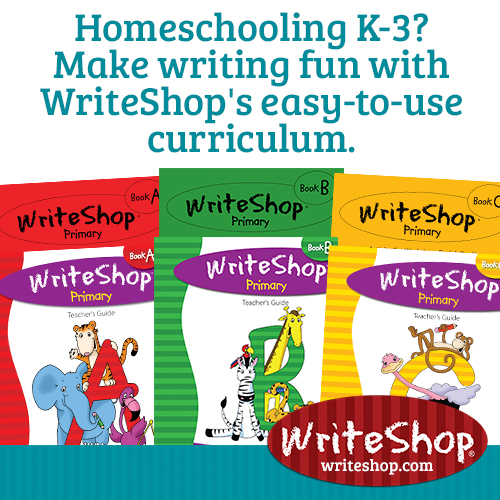
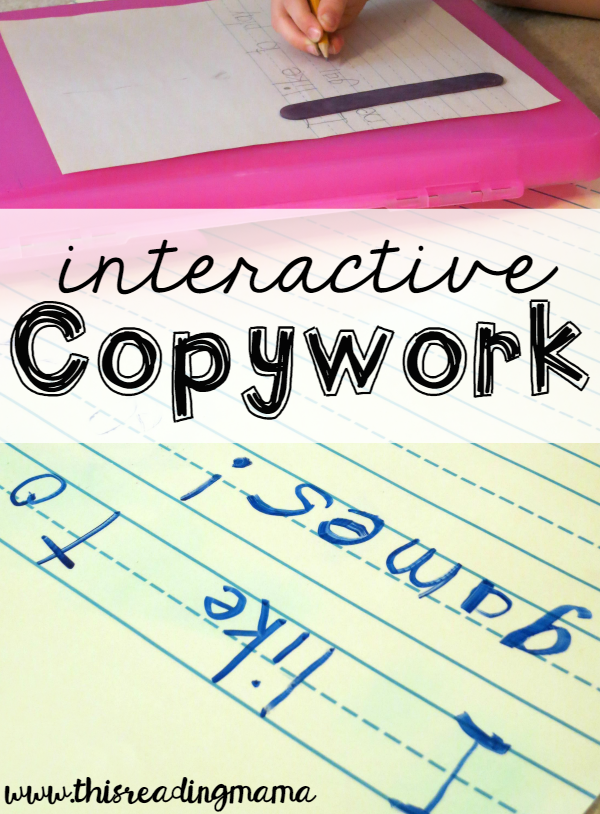
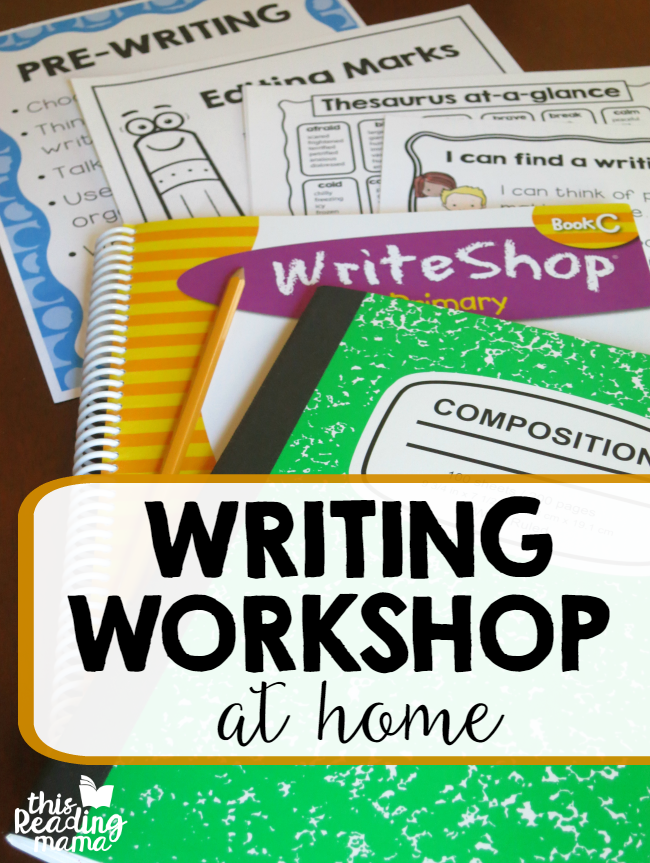
I am in agreement with you especially with the dictation portion!
Have you ever looked into Lucy Calkin’s Units of Writing program?
I think you might find it interesting.
At the school where I taught second grade we used it in the K-3 classrooms.
I would like to hear your thoughts if you have- writing has been one of the classes I struggled to teach since it is so personal to the writer.
Yes, I have all her older books for K-5. They ARE awesome!
Thanks for the honest review. I’ve heard a lot about this program, but it always seemed a bit too stiff for me.
This is very relevant to me. We have used WWE, this autumn, for my seven and ten year old. We used book one for the seven year old and book two for the ten year old.
Book one worked well. The benefits have been encouraging attention in a child who finds remembering detail difficult and we have used the copywork to concentrate on handwriting.
However, book two has worked less well for several reasons : this child is creative, not fast, and has great difficulty spelling. The dictation has been a disaster and we rapidly gave up on this as we already do regular dictation with All about Spelling which makes much more sense for a child with poor spelling.
Finding a suitable writing programme for this child has been challenging. Brave-writer has seemed the closest fit but leaves me feeling that I need more guidance. Other aspects of Brave-writer, particularly, poetry tea have worked really well for us.
We initially started out with this program with our girls many years ago and I loved First Language Lessons for the first 2 years – but after that we ran into some issues, mainly our girls completely stopped writing. They hated it because there wasn’t any creative element to what they were doing.
While I understand the concept behind the program and have sat in on sessions with Jessie Wise and her daughter (and heard the arguement for not getting into creative writing until they are older and have a solid writing base), I couldn’t ignore what it did to my girls.
We completely stopped and I pulled out some writing prompt cards from WriteShop that winter, and my girls went nuts. What should have been only a paragraph turned into an entire notebook and both girls writing wanting to write their own books based on the ideas they were getting. 🙂
That would be about the point we stopped and switched to WriteShop. I know the program works wonderfully for some and it does have benefits, but I LOVE that we can choose what works best for our kids for sure!
Yes, choice is GREAT! And all our learners are different, aren’t they? Thanks for sharing your experience and wisdom.
I agree 100%. I have used first language lessons, which also turned us on to old classics, but skipped out on this writing curriculum. It is so refreshing to see an honest review!
Do you have any other suggestions for writing programs? I was going to use writing with ease but I do agree with a lot of your points. My daughter hates writing and is very slow at it. Could it be that she’s just not a creative writer? I’m struggling to find a good fit for us. I tried write shop and we were not successful with it – writing is her least favorite subject and it was painful. Thank you for the review and any help!
I’ve briefly looked into Brave Writer {I heard her speak at a conference} and we are currently using Lucy Calkins writing units. Hope that helps.
Has anyone of you ever heard of Hear to Help Learning? My two daughters are using it this year for the first time. They love it! One daughter writes with ease; the second, struggles. For the one who struggles, her struggles are organizing her thoughts and getting them onto paper as well as remembering what was just read/said. However, she really enjoys Mrs. Moira of Here to Help Learning. She has gone from being unable to write (creatively) one sentence, to being able to write a paragraph! The ages of my daughters are twelve and nine.
Sounds like you’ve found something that works, which is great! I’ll have to check it out.
Thank you for this review, although it’s a bit tough to load with all the ads!
I would say, to anyone on the fence about using this program, that there was a way to teach these concepts before the workbooks came out. If you read the well trained mind, you’ll find that you can implement copywork, narration, and dictation into the other subjects you are doing. This teaches the writing fundamentals in a more gentle way using books you are already reading. Then, you can add some bravewriter or more creative projects on the side for some of the other aspects. There is a huge benefit to the practices, especially if you want to turn out strong highschool writers, but they don’t have to be done according to the schedule in the workbooks every week!
🙂
Yes, I agree that there can be benefits to these practices if used in balance with other kinds of writing. The problem for us was the part-time classical school we were a part of used it AS their writing curriculum. Nothing else. I would not recommend that.